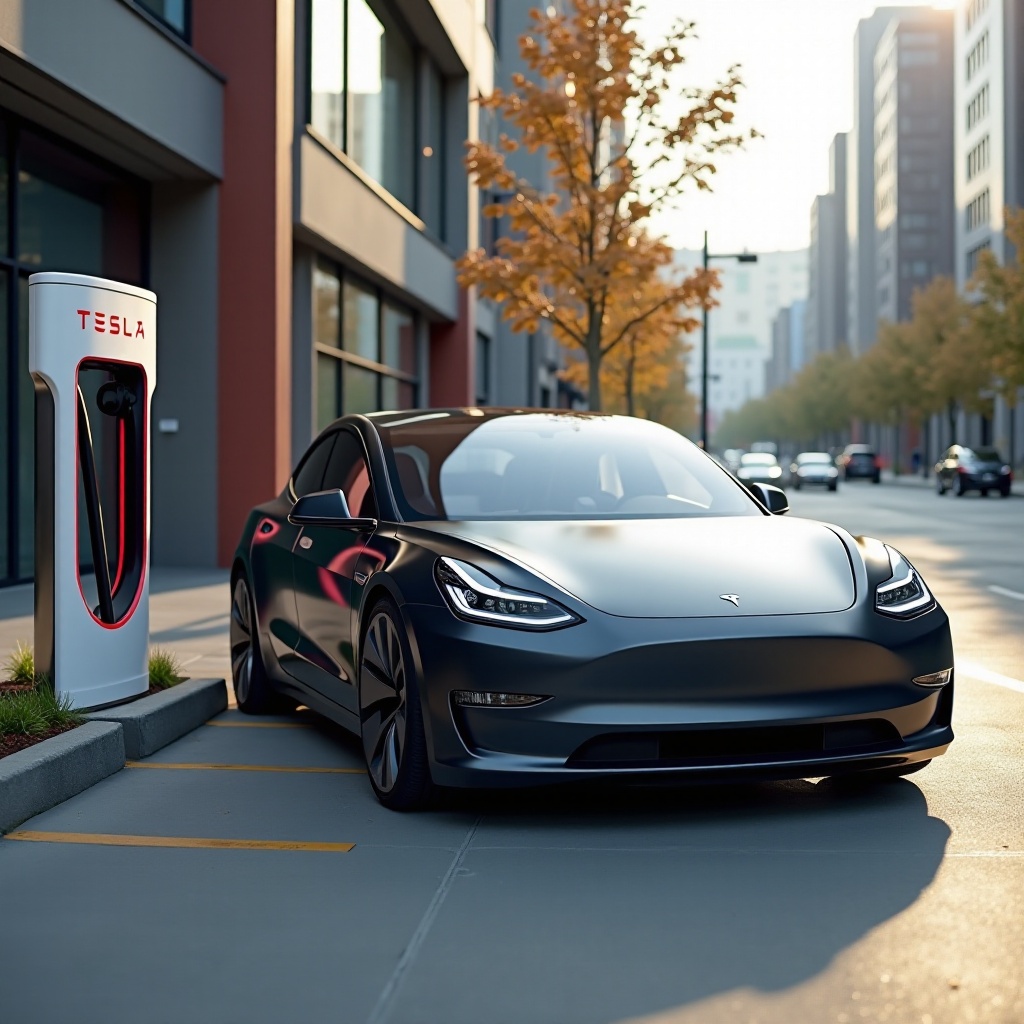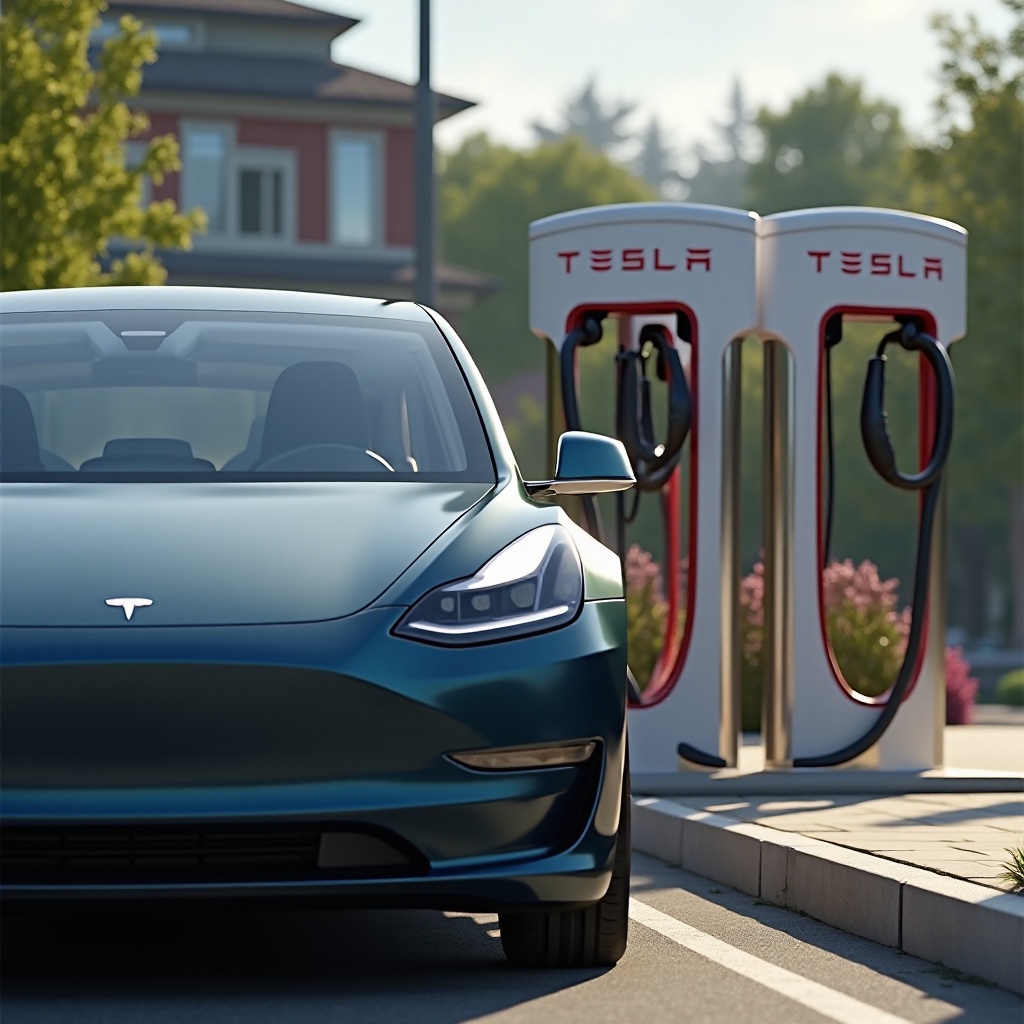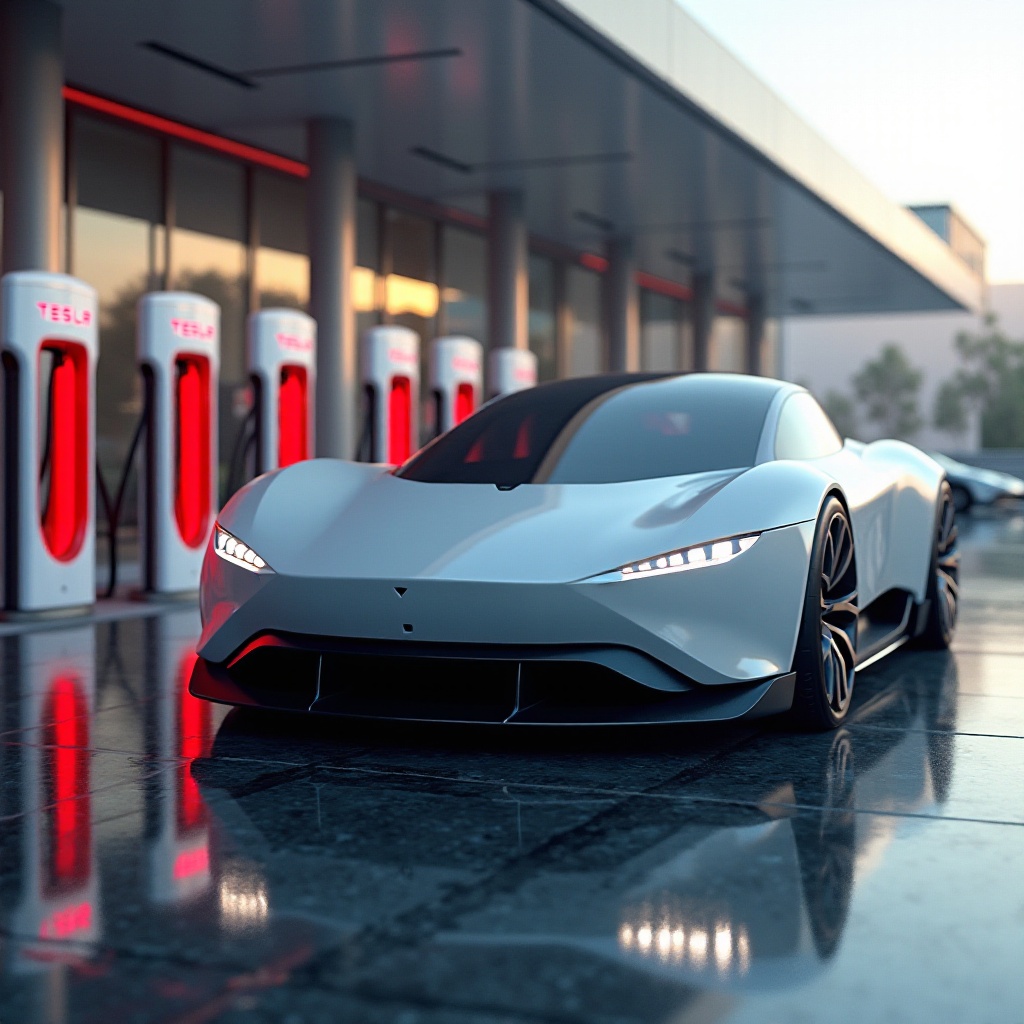Introduction
The world of electric vehicles (EVs) is rapidly evolving, making compatibility among various charging networks an important topic. The Kia EV9 has generated considerable buzz among car enthusiasts and EV owners. As Tesla leads the market with its extensive Supercharger network, many wonder if the Kia EV9 can utilize these facilities. This blog delves into the compatibility question, considering current limitations and future possibilities.

Understanding the Kia EV9
Kia has made a bold statement with its EV9 model, an all-electric SUV that combines sustainable technology with a practical design. The EV9 boasts:
- A commanding presence with its aggressive stance and eco-friendly materials.
- Impressive range and battery capacity, capable of long-distance travels without frequent recharging.
- Advanced driver-assistance technologies and a comfortable, tech-rich interior.
The EV9 caters to families and adventure-seekers alike with versatile cargo space and configurable seating options. As Kia’s flagship electric SUV, the EV9 is poised to compete with other major players in the EV market.
Tesla Superchargers: An Overview
Tesla Superchargers form an expansive network designed to provide fast, reliable charging for Tesla vehicles. This network offers:
- High-speed charging capabilities, reducing wait times significantly.
- Convenient locations along major highways and in urban areas.
- Seamless integration with Tesla’s onboard navigation system, guiding drivers to the nearest Supercharger.
However, Tesla’s proprietary connector has historically limited access to its Superchargers to Tesla vehicles only. This proprietary system ensures compatibility within the Tesla ecosystem but poses challenges for other EV manufacturers, including Kia.
Compatibility Concerns
The primary hurdle in using Tesla Superchargers with non-Tesla vehicles, like the Kia EV9, lies in the connector design. Tesla uses its unique charging port, while most EV manufacturers, including Kia, adhere to the Combined Charging System (CCS). This mismatch means:
- Physical incompatibility without using adapters.
- Software challenges as Tesla’s charger communicates with the car’s onboard charging system, which includes authentication and billing processes.
- Potential business model conflicts, impacting the strategic alliances within the EV industry.
Although adapters exist, they are mostly unofficial and not endorsed by either Tesla or Kia, which could void warranties or create safety concerns.

Potential Solutions
To bridge this gap, a few solutions have been proposed and are in consideration:
- Standardizing Charging Ports: A universal charging port standard can ease compatibility issues, akin to the universal USB standard in electronics.
- Adaptors and Retrofits: Developing and approving reliable adapters could facilitate interoperability between Tesla superchargers and the Kia EV9.
- Industry Agreements: Partnerships or agreements between companies like Tesla and Kia could lead to shared charging networks and infrastructure investment.
While discussing solutions, it’s necessary to connect them to broader industry perspectives and regulatory frameworks that could expedite these initiatives. Ongoing dialogues might catalyze these changes and foster a more inclusive EV ecosystem.
Industry and Consumer Implications
If the Kia EV9 were to access Tesla Superchargers, it would benefit both consumers and the industry in numerous ways:
- Increased Convenience: More frequent and efficient charging options for Kia EV9 owners would enhance the usability and attraction of EVs.
- Greater EV Adoption: A seamless charging experience and extended infrastructure can encourage traditional car owners to switch to EVs.
- Cost-Efficiency: Shared charging infrastructure can lower costs for manufacturers and consumers alike, driving down the price of EVs and their operation.
- Competitive Landscape: Collaborations could spur innovation and competition, compelling improvements and advancements in vehicle performance and charging technology.
Creating a cohesive and user-friendly charging experience across various EV brands can significantly drive market penetration and sustainability goals.
Conclusion
The question of whether the Kia EV9 can use Tesla Superchargers encapsulates the broader issue of EV charging compatibility. The current divide between proprietary and universal charging systems reflects industry growing pains as we move towards a more sustainable future. While it’s not yet possible for the EV9 to easily access Tesla’s Supercharger network, industry dynamics and evolving technologies hint at a future where such barriers could diminish. Consumer demand, regulatory influence, and corporate partnerships will play pivotal roles in shaping this landscape.

Frequently Asked Questions
Is the Kia EV9 compatible with Tesla Superchargers?
No, the Kia EV9 cannot directly use Tesla Superchargers due to differences in connector design and software compatibility.
What are the benefits of Kia EV9 using Tesla Superchargers?
Accessing Tesla Superchargers would offer enhanced convenience, greater EV adoption, cost efficiency, and increased competition leading to innovation.
Will there be a universal standard for EV charging in the future?
While not currently available, there are proposals and discussions in place within the industry to create a universal EV charging standard, which could harmonize and simplify the charging experience for all EV owners.
